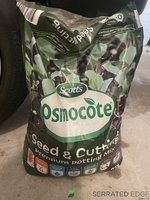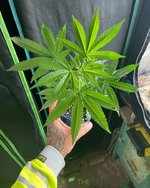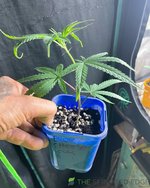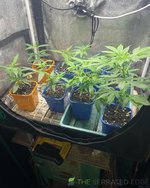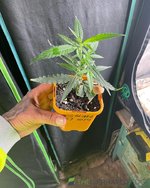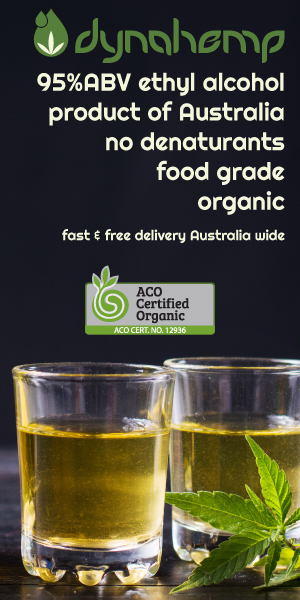Steer clear of this stuff.
I sprouted some seeds Last month. Put them in rock wool cubes and the took off fine.
Potted up to this mix, they stalled, yellowed and I was almost gonna bin them

Anyway just to make sure it wasn’t something else, it is getting cold…
I removed one, washed all the dirt off under the tap and threw it in a 70/30 perlite/ vermiculite mix.
Well a week later it is starting to take off. Others are still shit.
View attachment 23849
another possibility to what's already been mentioned
sometimes seedlings or cuttings won't grow past the media they are in , in this case rock wool
because the air to water ratio is better in the rock wool than it is in the seed raising mix , maybe why she stalled
i'm not saying the seed raising mix is faulty , it's just different , air to water wise
you say the seedling then did ok in the perlite mix because , maybe , the air to water was better than the rock wool
was there many roots growing out of the rock wool into the soil when you pulled it up & washed the soil off ?
i've heard of this happening when growers start in a hydro type system for seedlings or clones , once sprouted / rooted
then moved to soil & stuggled from there , roots didn't want to grow past the rock wool cube
as far as bunnings bagged potting mixes go , imo most should be treated like an inert media , in general very little is living in the bag
look at ingredients , coconut coir or peat moss, pine bark, and vermiculite or perlite (none of which provide much if any nutrition to plants).
in fact i think it's treated for pathogens before bing bagged , a bit like using a broad spectrum antibiotic = it does not discriminate between
good & bad bacteria / fungi or soil organisms , as for those wood chips / pine bark , i think they are there to help stop the soil from compacting
once it's in pots
using home worm farm leachate or making a compost extract will help to try & activate the soil , of cause the extract will only be as good as
the starting compost , as your extracting the organisms from the compost into water which is different to making / brewing compost teas
allot quicker & simpler to make a compost extract , starting material is important whether making teas or extracts
in general with wetting agents & slow release fertilizers added to off the shelf potting mixes i would avoid personally , but that doesn't mean you should
or they don't have there place in home gardening , it's just there are benefits to plants working out there own food via the use & promotion of soil life

